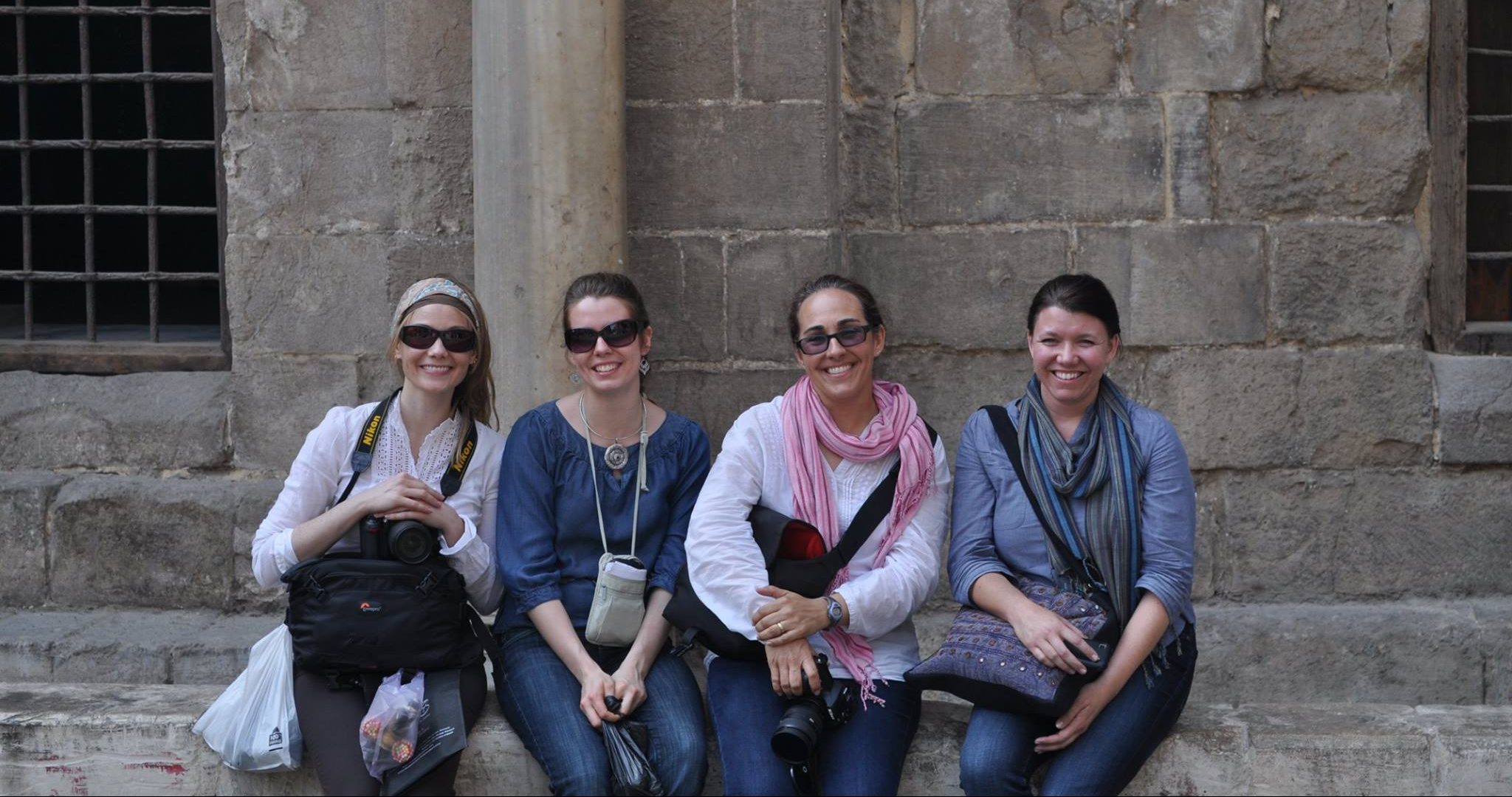No doubt Sultan Baybars had great plans for his flagship mosque. Like his pharaonic predecessors, Mr. Baybars almost certainly intended his mosque – built in the year 1268 – to bear his name and reputation into the eternities. He had no way of knowing that the Mamlukian mosque would live many different lives, including as a soap factory, artillery storage unit, and slaughterhouse.
One thing is for certain; if Sultan Baybars could time travel, he would zip forward to 2024 to see his mosque in its current glory. Reopened in 2023 after 16 years of restoration, al-Zahir Baybars mosque does not disappoint. It boasts all the features of a Maumlukian mosque: beautiful architecture and pitch-perfect acoustics.
(Time your visit with prayer time and you’ll get an impressive earful)
Planning a visit? Make a morning out of it. You may, of course, go by Uber, but I suggest something a bit more interactive. Get off the metro at Al Ghamra and begin walking southeast on al-Sheikh Qamar street. You’ll pass through Midan al-Sakakini and catch sight of a palace that – once restored – may outshine al-Zahir Baybars. Continue on another five minutes to the al-Zahir Baybars complex. This is a functioning mosque, so come dressed appropriately: adults should cover their arms and legs and ladies should cover their hair. The mosque caretaker will provide you with a hijab should you forget yours.
(No hijab? No problem! There’s always a hijab on hand for visitors to al-Zahir Baybars)
Your visit could take anywhere from 30 minutes to the rest of the day. Honestly, I’ve been tempted to take a nap in the shady bays surrounding the enormous courtyard. Maybe someday you’ll see me there, fast asleep in some corner.
As we all know, sightseeing is hungry work. When you are done, return the way you came and stop for a delicious fuul or ta’amiya sandwich in Midan al-Sakakini. I’ll see you there!


